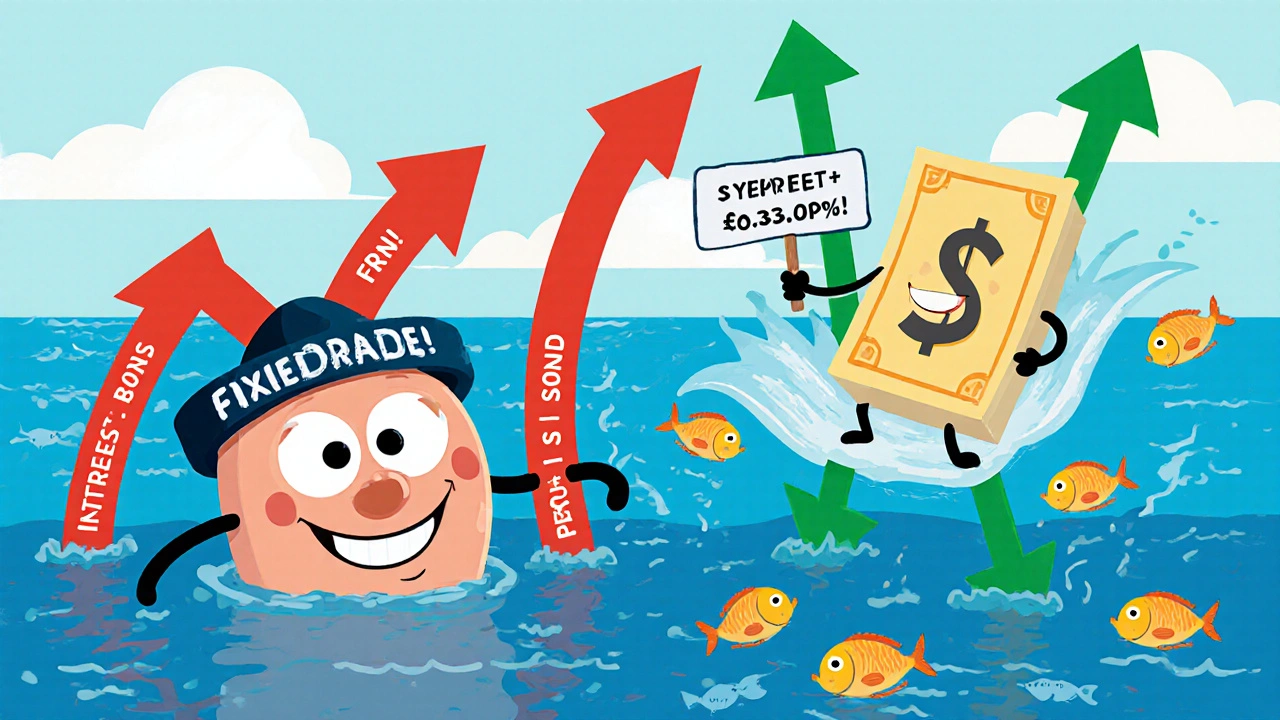Floating-Rate Notes: How They Work and Why They Matter in Rising Rate Environments
When interest rates climb, most bonds lose value—but floating-rate notes, bonds whose interest payments reset periodically based on a benchmark like SOFR or LIBOR. Also known as variable-rate bonds, they’re designed to protect investors from the pain of rising rates by adjusting their coupons every few months. Unlike fixed-rate bonds that lock in a payment for years, floating-rate notes move with the market. That’s why they’re popular in environments like 2022–2024, when the Fed raised rates to fight inflation and fixed-income investors watched their portfolios drop.
These notes are closely tied to interest rate risk, the chance that bond prices will fall when rates go up. While traditional bonds suffer when rates rise, floating-rate notes mostly avoid that hit because their coupons rise too. They’re also less sensitive to yield volatility, the swings in returns caused by changing market expectations. That makes them a go-to for investors who want steady income without the price rollercoaster. You’ll find them issued by banks, corporations, and even governments—often with maturities between 1 and 5 years. They’re not risk-free: credit risk still matters, and if the benchmark rate drops, your income drops too. But when inflation is high and central banks are hiking, they’re one of the few fixed-income tools that actually gain ground.
Many of the strategies in our collection—like asset allocation, bond total return calculations, and tactical asset allocation—assume you’re balancing different types of income assets. Floating-rate notes aren’t just a niche product; they’re a core piece of modern fixed-income portfolios. Whether you’re managing a retirement account, a nonprofit endowment, or a personal investment plan, knowing how they behave helps you avoid surprise losses. You’ll see them referenced in posts about bond funds vs individual bonds, mortgage REIT dividends, and even tax-deferred annuities, because they all deal with the same underlying force: how money grows—or shrinks—when interest rates change.
Below, you’ll find real-world breakdowns of how to spot them, when to buy them, and how they fit into broader strategies for protecting your returns. No theory. No fluff. Just what works when the market shifts.



